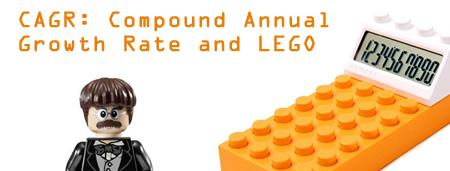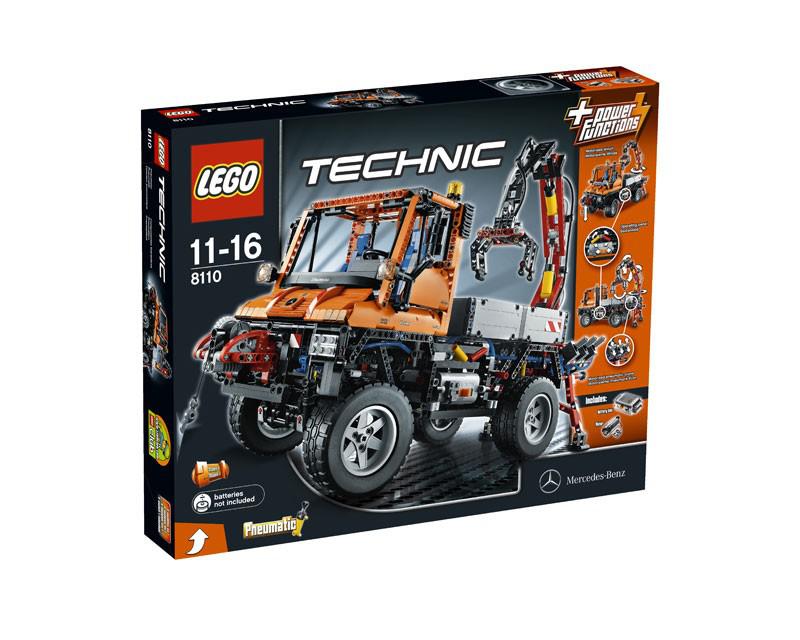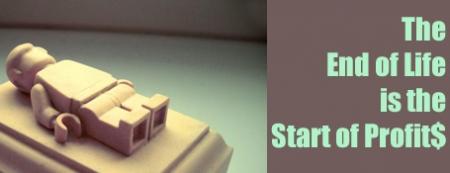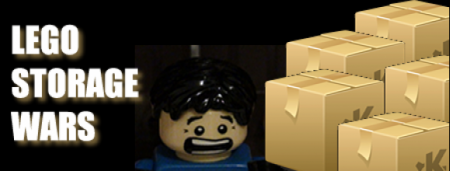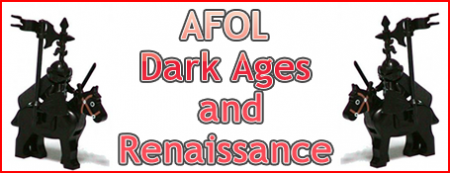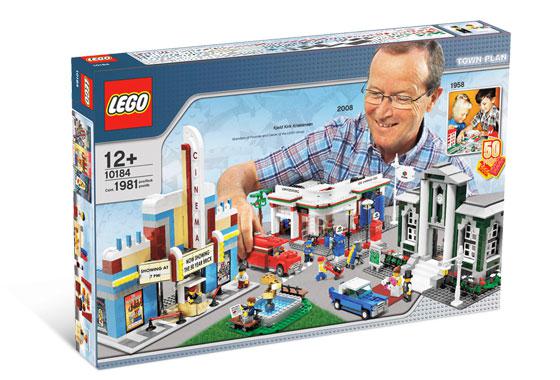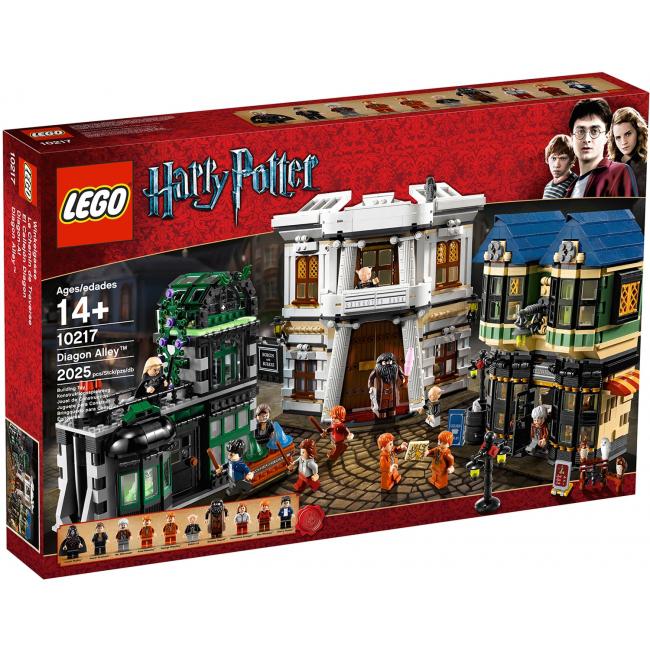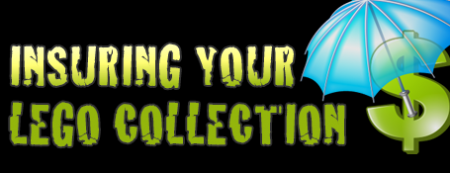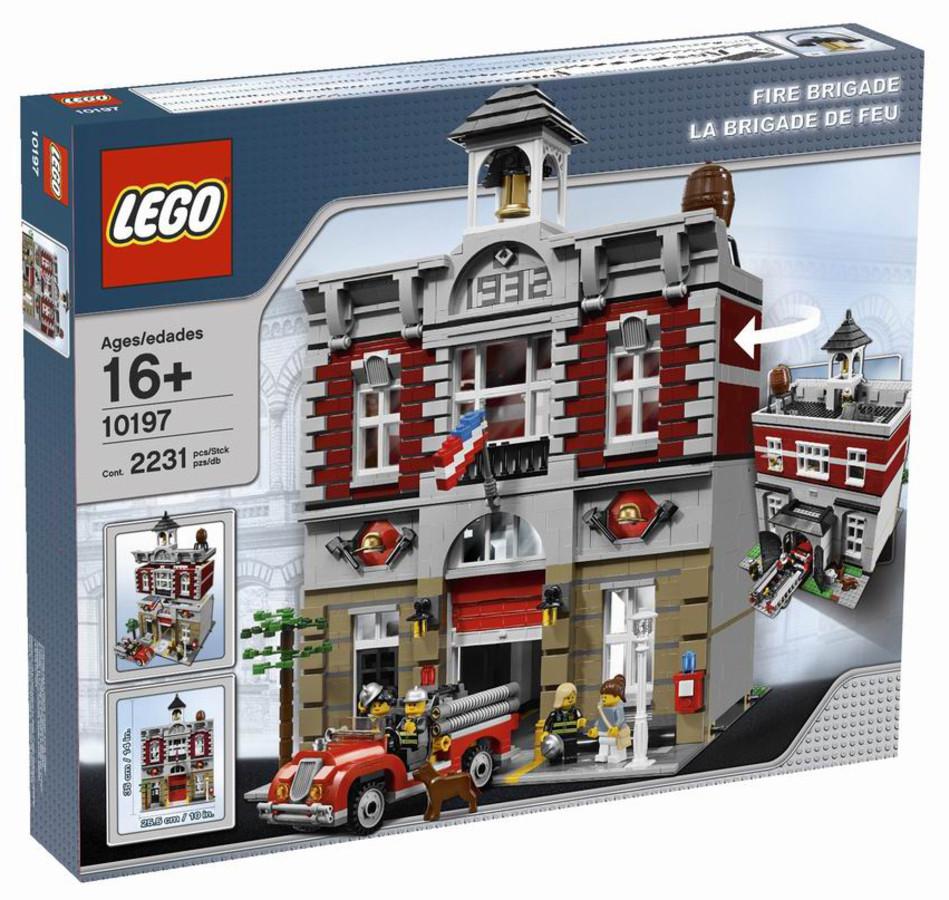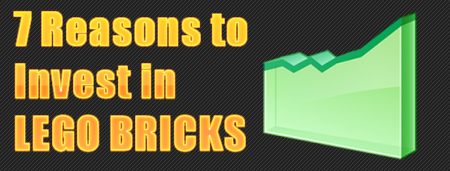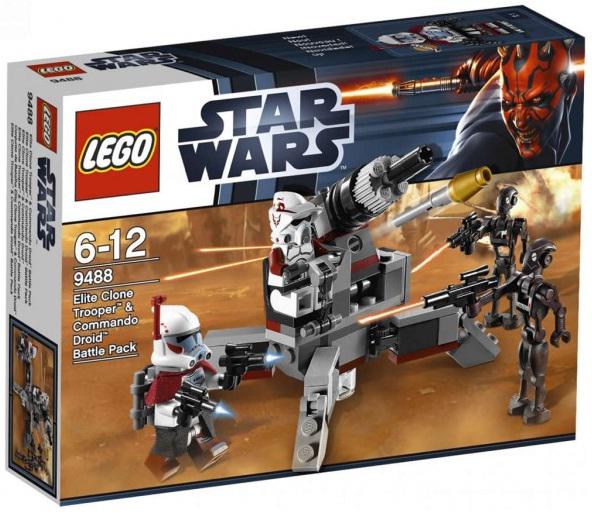
In one of my earlier articles, I spoke about LEGO STAR WARS Mini Building Sets and their investment returns and potential. These small and affordable polybag sets appreciated nicely in the secondary LEGO market, and still do. I have another suggestion for the budget conscious LEGO investor...LEGO “Battle Packs.” The “Battle Pack” is a very small LEGO set, usually less than 100 pieces. It frequently contains four or more minifigures that are theme related. They are called “Army Builders” by some, due to the fact the Battle Packs have a large number of minifigures for the set size and that they are based on warriors or soldiers of some sort. LEGO fans and collectors will buy boxes and boxes of these sets to build their own “Clone Armies” or legions of Knights in shining armor. The STAR WARS and Castle themes make up most of the Battle Pack population. They are usually less than $15(US) and can be found for less than $10 a set on auction sites like EBAY, especially if you buy in bulk or lots. But as with any sort of investments, there are good ones and bad ones, even within the same LEGO theme or category. Let's take a look at the 20 LEGO Battle Packs that have been released since 2007.
Before we take a look at each individual Battle Pack, let's take a quick peek at some statistical data for the 20 Battle Packs. Besides the set name and number, pieces, minifigure and MSRP data, we also included the percentage growth from retail and the set's CAGR value. The CAGR value, which is known as Compound Annual Growth Rate is explained further here. In layman's terms, the CAGR can be thought of as the growth rate statistic that gets you from the initial investment value to the ending investment value if you assume that the investment has been compounding over the time period. It simplifies years of different growth percentages and gives you a single number that represents compounded growth percentage of an investment, in this case, a LEGO set. The average, or mean, CAGR for the thousands of LEGO sets in the Brickpicker database is 12.81%. If a set falls above this number, it appreciates better than the standard LEGO set. If a set falls below this number, it appreciates worse than the standard LEGO set. Either way, any set that has a CAGR near 12.81% is a solid investment choice in today's finance and investment world. Let's examine the chart below, then I will break down each set with a description from LEGO.com and my investment analysis:
Set Name Year Released Pieces Minifigs MSRP (US$) Current Value (US$) Total % +/- Retail Compound Annual Growth Rate (%) % Above or Below Average(Mean) CAGR (12.81%) 7654 Droids 2007 107 7 $9.99 $29.00 191% 23.82% 11.01% 7655 Clone Trooper 2007 58 4 $9.99 $38.00 278% 30.49% 17.68% 852271 Knight's 2008 35 5 $14.99 $35.00 168% 27.98% 15.17% 852272 Skeleton's 2008 43 5 $14.99 $35.00 167% 27.87% 15.06% 8014 Clone Walker 2009 72 4 $11.99 $24.00 96% 25.16% 12.35% 8015 Assassin Droid 2009 94 5 $11.99 $14.00 43% 12.57% -0.24% 852701 Troll Warrior 2009 36 5 $14.99 $34.00 128% 31.53% 18.72% 852702 Dwarf Warrior 2009 45 5 $14.99 $37.00 147% 35.13% 22.32% 852747 Pirates 2009 37 4 $14.99 $18.00 17% 5.44% -7.37% 8083 Rebel Trooper 2010 79 4 $11.99 $13.00 11% 5.32% -7.49% 8084 Snow Trooper 2010 74 4 $11.99 $12.00 3% 1.49% -11.32% 852921 Kingdoms #1 2010 18 5 $14.99 $26.00 76% 32.81% 20% 852922 Kingdoms #2 2010 17 5 $14.99 $23.00 54% 24% 11.19% 7913 Clone Trooper 2011 85 4 $11.99 $14.00 21% 20.27% 7.46% 7914 Mandalorian 2011 68 4 $11.99 $14.00 13% 12.84% 0.03% 853176 Skeleton Mummy 2011 29 3 $14.99 $9.00 -43% -43.16% -55.97% 853219 POTC 2011 30 5 $14.99 $14.00 -4% -4.07% -16.88% 853301 Alien Conquest 2011 31 5 $14.99 $14.00 -9% -9.14% -21.95% 9488 Elite Clone Trooper/ Commando Droid 2012 98 4 $11.99 $14.00 10% 9.93% -2.88% 9489 Endor Rebel Trooper/ Imperial Trooper 2012 77 4 $11.99 $12.00 -11% -10.55% -13.04% *Numbers in green indicate LEGO sets that appreciate better than the Mean CAGR(12.81%).
*Numbers in gray indicate LEGO sets that appreciate approximately the same as the Mean CAGR(12.81%).
*Numbers in red indicate LEGO sets the appreciate below the MEAN CAGR(12.81%).
7654 Droids Battle Pack : The Trade Federation is on the march! Send your Separatist forces into battle against the Republic with a droid transport carrier and 'hovering' STAP vehicle, complete with a full squad of armed and combat-ready battle droids. Set includes four Battle Droid and three Super Battle Droid minifigures! Build your own army and stage a battle against the #7655 Clone Troopers Battle Pack!
7655 Clone Trooper Battle Pack : The Clone Wars are on! When the Separatists attack, the Republic fights back with its legions of Clone Troopers. Build your army with an assortment of battle-ready troopers, complete with a blaster turret and speeder bike! Set includes Shock Trooper, Star Corps Trooper and two Clone Trooper minifigures. Build your own army and stage a battle against the #7654 Droids Battle Pack!
852271 Knights Battle Pack : Whether you're building your LEGO Castle army or defending the kingdom from evil skeleton warriors, these brave knights are here to save the day. Includes five heroic minifigures equipped with lots of different weapons, shields and armor!
852272 Skeleton Battle Pack : Knights of LEGO Castle beware -- the skeleton warriors have brought reinforcements! Build up your skeleton army with this set of five skeleton minifigures. Includes five different evil skeletons equipped with plenty of weapons, armor and gear, plus a creepy spider!
8014 Clone Walker Battle Pack : As the Clone Wars rage across the galaxy, the Republic army advances across the battlefields of hundreds of planets. Build up your army with the Clone Walker, a tough two-man vehicle with poseable legs and flick-firing missiles! Includes two Clone Troopers, Clone Gunner, Clone Commander and ARC trooper gear! Build your army and add #8015 Assassin Droids Battle Pack for even more fun! Measures over 3.5" (8cm) tall!
8015 Assassin Droid Battle Pack : Programmed for stealth and destruction, Assassin Droids are used by gangsters, smugglers and crooks on every planet from Coruscant to Tatooine. Build up your own army of these silent, skilled and sneaky droids and send them out with their flick-missile-firing speeder on secret missions all across the galaxy! Includes three Assassin Droid and two Elite Assassin Droid minifigures and two flick fire missiles! Build your army and add #8014 Clone Walker Battle Pack for even more fun! Measures 8" (20cm) long
852701 Troll Warrior Battle Pack : Build up your LEGO Castle army with the Troll Warrior Battle Pack! Set includes three fierce troll soldiers and two elite warriors to challenge your knightly forces, plus helmets, shields, plenty of weapons and even a rat.
852702 Dwarf Warrior Battle Pack : When the trolls attack, the fearless dwarfs stand ready! Build up your LEGO Castle army with these five mighty dwarf warriors with helmets, shields, weapons, mining equipment, ore and a blazing torch to light the way through underground caverns.
852747 Pirates Battle Pack : The Pirates and the Soldiers face off in an epic battle for the treasure map and the treasure chest it leads to! Who will win? Who will lose? Who does that silly monkey belong to? Only you can decide the fate of the greatest battle the oceans have ever seen! Set includes 4 LEGO Pirates minifigures, a monkey, and a treasure box.
8083 Rebel Trooper Battle Pack : Help the Rebels defend their base on Hoth! Set comes with three Rebel foot soldiers, a Rebel pilot and a Rebel transport craft.
8084 Snowtrooper Battle Pack : Defeat the Rebels with Imperial might! Set comes with 2 Snowtroopers, AT-AT Driver and Imperial Officer.
852921 Kingdoms Battle Pack 1 : Set of 5 Knight minifigures are ready to go into battle to defend the realm against all enemies. Engage the Knights against the Dragon Knights in battle for complete medieval fun! Includes 5 authentic Knight minifigures Knights are equipped with swords, shields, helmets and more Set up mock battles against the Dragon Knights!
852922 Kingdoms Battle Pack 2 : Set of 5 fully armed Dragon minifigures are armed and ready for mock battle. Engage the Dragons against the Knight Battle Pack for massive medieval mayhem! Includes 5 authentic minifigures Dragon knights are equipped with full battle gear: swords, shields, helmets and more Create your own battle for the kingdom!
7913 Clone Trooper Battle Pack : Unleash the might of the clone army against the Mandalorians! As the Clone Wars rage across the galaxy, the Army of the Republic faces a powerful new enemy- the Mandalorians! Build up your crack team of clone troopers with the BARC speeder, the all-new ARF clone trooper, 2 new bomb squad clone troopers and the new clone commander minifigures.
7914 Mandalorian Battle Pack : Fight off the clone troopers with the Mandalorian Army! A new force has entered Clone Wars on the side of the Separatists - the Mandalorians! Build up your Mandalorian Army and take the battle to the Clone Army with Mandalorian assassin and 3 Mandalorian trooper minifigures, each with their own unique weapon.
853176 Skeleton Mummy Battle Pack : Battle the Pharaohs posse for the treasure! Set contains one Flying Mummy and two Mummy Warriors,a sarcophagus, jewels, snakes and a couple of scorpions.
853219 Pirates of the Caribbean Battle Pack : All hands on deck for a battle on the high seas! Wage a pirate war or set out for a treasure-packed adventure with 5 salty scalawags from the LEGO® Brand Pirates of the Caribbean™ building sets. Act out your favorite scenes from Disney’s Pirates of the Caribbean™: On Stranger Tides film. A great gift for any LEGO Brand Pirates of the Caribbean fan.
853301 Alien Conquest Battle Pack : Stage an outer space attack with the LEGO® Alien Conquest Battle Pack! The aliens have landed! Battle the outer space intruders and defend the earthling with 5 minifigures and accessories from the LEGO® Alien Conquest building sets. A great gift for any LEGO Alien Conquest fan.
9488 Elite Clone Trooper and Commando Droid Battle Pack : Bombard the Separatist forces with the Republic artillery cannon! The Separatists have sent a new droid enemy to attack the forces of the Republic, but the clone army’s elite troopers have a new weapon of their own: the powerful Republic artillery cannon! With elevating turret and flick missile, those clankers will be running for cover! Includes 4 minifigures: ARC trooper, ARF trooper and 2 new enemy Commando Droids.
9489 Endor Rebel Trooper and Imperial Trooper Battle Pack : Surprise the Imperial troops at the Battle of Endor! Recreate the battle of Endor™ from Star Wars: Episode VI Return of the Jedi with this fantastic new battle pack. Help the Endor Rebel troopers launch a surprise attack on the Imperial forces from the secret Rebel hideout. Includes 4 minifigures: Stormtrooper, Scout Trooper and 2 Endor Rebel Troopers.
CONCLUSION: So there you have it, the 20 LEGO Battle Packs that have been released to date. As the reader can see, there are some winners and a few losers in the LEGO investment game. Surprisingly, it looks like the Castle and Kingdoms Battle Packs are the top of the food chain, even beating out the STAR WARS Battle Packs when it comes to the CAGR data. I would imagine in the gross sales department, direct from LEGO or other primary markets, the STAR WARS Battle Packs outsell all other themes by vast quantities. But as far as appreciation and investment growth go, the Castle and Kingdoms Battle Packs are the best. As for the rest of the Battle Pack themes, although they might be creative and fun, they are not valued as 'investment' sets.
There is one issue that needs to be addressed before I conclude this anthology(LOL). The topic concerns making money from Battle Packs by “parting” out a set and reselling the pieces for more than the set was bought for. This is a very common and effective practice among the STAR WARS Battle Packs. For example, little Eddie eBayer buys a discounted Clone Trooper Battle Pack for $10. He opens the box and resells the four Clone Troopers for $3.50 apiece(which is approximately the going rate on EBAY or Bricklink). Eddie then takes the remaining pieces and sells them for $1 on his Bricklink store. So, at the bare minimum, Eddie “parts” out his Clone Battle Pack for $15 makes a 50% profit. This is on a small scale and taxes and commissions to EBAY and Bricklink are not accounted for, but you can see that there is profit to be made if you are creative and willing to put in a little effort. Multiply this by 10, 20 or 30 and you can make some serious cash. There are a boatload of these Clone Trooper lots and minifigures for sale on EBAY that sell every day, so this system works.
I'm going to wrap this story up now...It has gotten way too big for such small LEGO sets. But I guess that's the point. LEGO collectors and investors can make big money off of small investments like the LEGO Battle Packs, especially in multiples. Just like picking the right stocks, picking the right LEGO Battle Packs will make or break the investment. Knights, Trolls and Clone Troopers are good investments...Pirates and Aliens are not. The “parting” out system is a winner for those who want to put a little more effort into an investment and don't have the time for it to appreciate. LEGO investment on a small scale is a possibility and the LEGO Battle Packs are a good example of this. Once again, LEGO sets of all shapes, sizes and costs continue to impress me as a worthwhile investment and with small sets like the LEGO Battle Packs, there are enough options to cater to all walks of life...
- Read more...
- 0 comments
- 12,454 views


